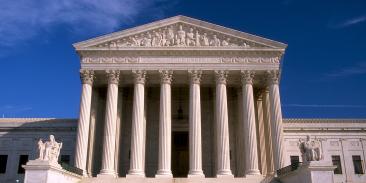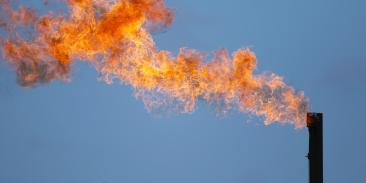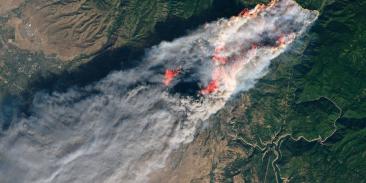Local leaks impact global climate
EDF and Google Earth Outreach team up to pinpoint climate pollution
Natural gas heats our homes and cooks our dinner. But when natural gas — mostly methane — leaks into the air, it's a big problem for the climate.
So EDF and Google Earth Outreach teamed up to build a faster, cheaper way to find and assess leaks under our streets and sidewalks.
We tested this new approach as part of a pilot program in a dozen cities across the U.S., and in collaborations with PSE&G and Consolidated Edison. The cities where we tested a new way to measure natural gas leaks are a cross-section of America's urban geography.
The maps created underscore the persistent and widespread challenge of leaks. They also show the results when utilities and regulators dedicate resources to fix the problem.
Beyond this pilot project, EDF hopes that utilities will publish their own maps to show where they've made repairs and where new leaks are found.
Why are natural gas leaks a problem?
Thousands of small leaks add up to a major climate threat.
In the vast web of natural gas pipes beneath America's streets, leaks are a persistent challenge, with significant implications for our climate.
Major leaks are typically fixed promptly. But when sufficient resources aren't provided for repairs, other leaks can go on for months or years.
Leaks add to global warming
In addition to wasting a source of energy, leaked natural gas — mostly methane — is a powerful greenhouse gas. It is a significant contributor to climate change.
That makes it essential for gas utilities, and the regulators and public officials that oversee them, to act swiftly and decisively to repair and prevent all methane leaks.
The gas utilities' pipe systems are just one link in the national gas supply chain that brings gas from the well to your home. Leaks are an issue at every stage, starting at the wellhead. That's why we're addressing leaks throughout the system.
Why aren't all leaks fixed?
Utility companies are required by law to inspect their lines for safety and fix safety problems within a specified time. But these rules don't require the repair of all leaks.
Other rules governing how — and how much — they can charge customers make it hard to invest in the major pipeline upgrades needed to prevent leaks.
Utilities need permission from a state public utility commission to raise rates in order to pay for repairs or upgrades. It's a slow process and regulators can be reluctant to increase costs to ratepayers.
What about safety and health?
Most leaks don't pose an immediate threat to safety, but some can. We have shared the maps and leak indicators with local gas companies.
If you ever smell gas, or have any reason to suspect a problem, experts say to immediately exit the building or area. Don't light matches or smoke, and don't use any electrical devices, including a phone, until you are away from the suspected leak. Then, call your local utility.
The major health concern about outdoor methane leaks is that they contribute to smog, which aggravates asthma and other respiratory conditions.
What needs to change?
Better awareness of the impact of methane leaks is a first step, and this mapping pilot project is a start. But we have more work to do.










